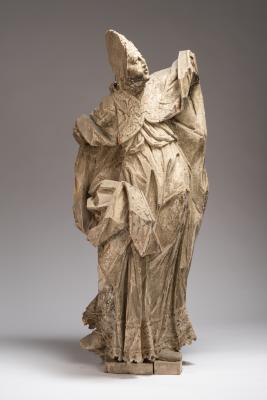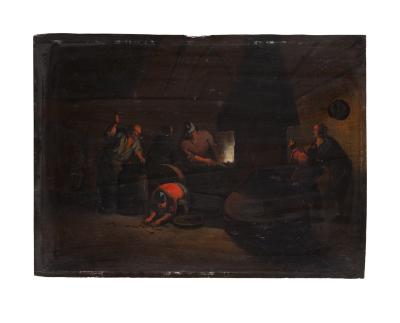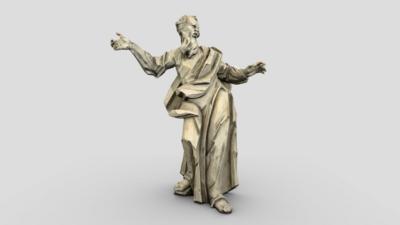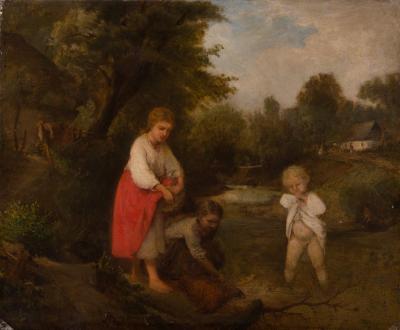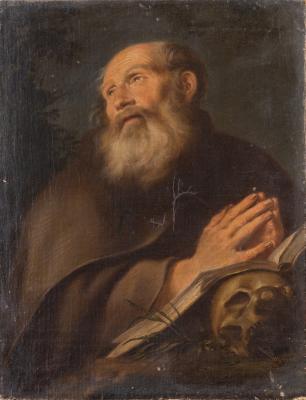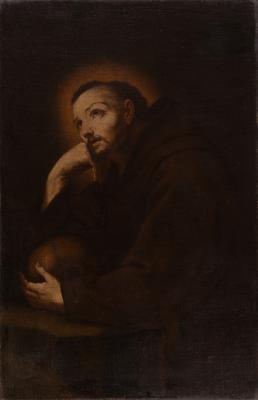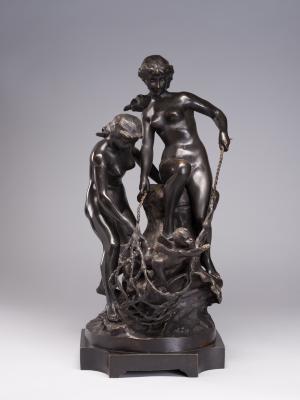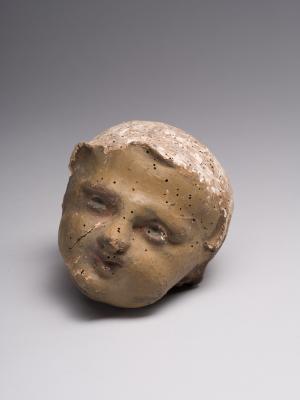Portraits by Jacek Malczewski are one of the greatest pages of his artistic legacy. Portrait paintings had several characteristic features; in particular, the portrayed person was depicted either bust-length or knee-length; the figure was shown in such a way that the viewer's attention was focused on the head and arms of the person in the painting; the face was emotionless, and the facial expressions were undemonstrative. The character of the person portrayed was emphasised with the help of surrounding objects or a landscape. In this painting, one can see a man of middle age in the image of a faun. The Faun (Latin: Faunus derived from favere – to favour, to be favourable) is one of the oldest deities in Roman mythology, a patron of forests, flocks, and shepherds. The Faun is the god of fertility, and he is half a man and half a goat with horns and a wreath on his head; it is a kind of allegory of life and pleasures associated with it. It is believed that the Faun warns those lost in the woods of danger and directs them to a way out with barely audible sounds of his flute. Therefore, Faun is associated with predicting the future. The hand of the person portrayed is also depicted in an emphatically unusual gesture. This position of the fingers is probably related to the Jewish blessing gesture of the Cohens, in which both hands form the Hebrew letter "Shin", which stands for El Shaddai, meaning Almighty (God).








